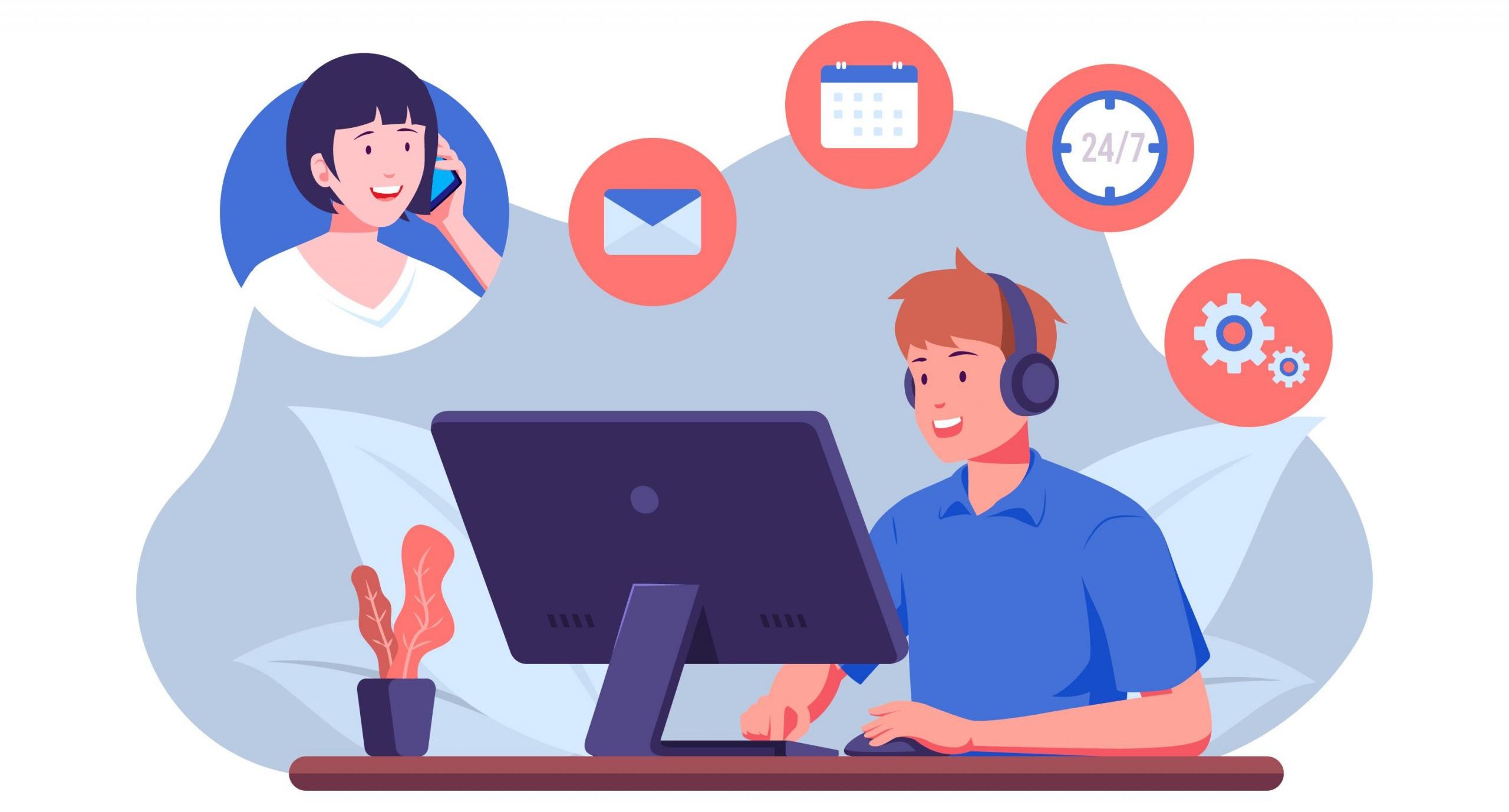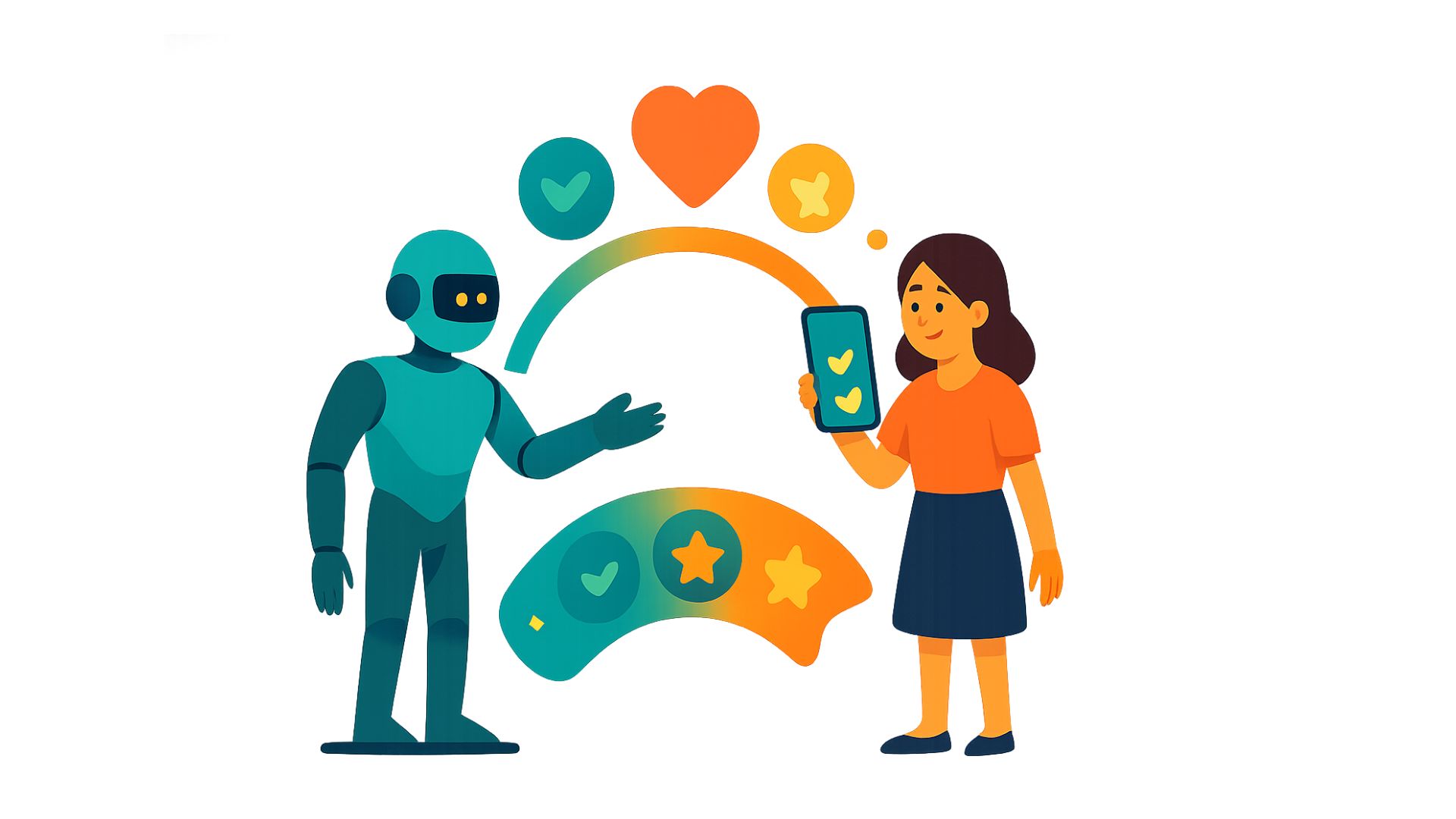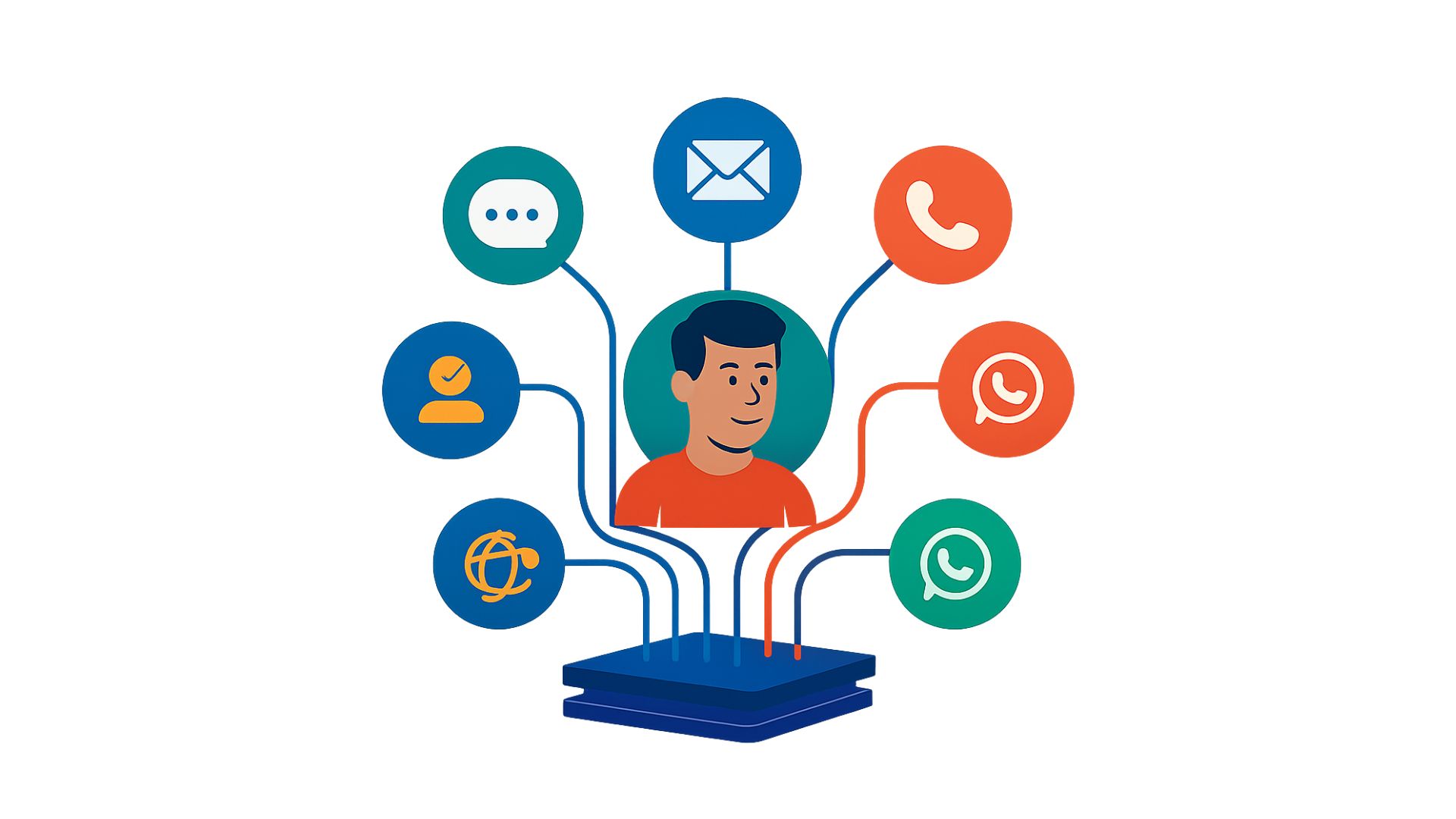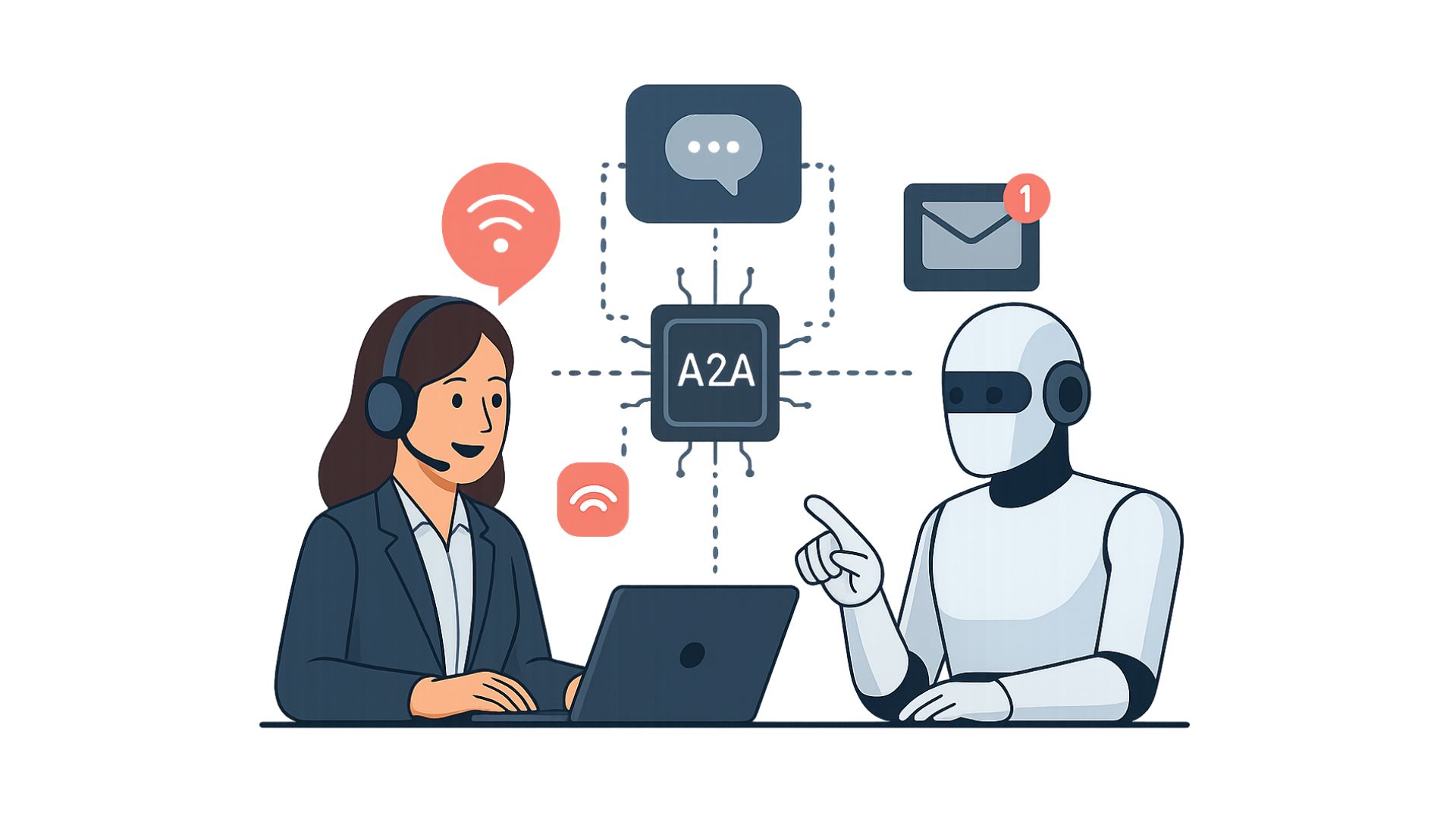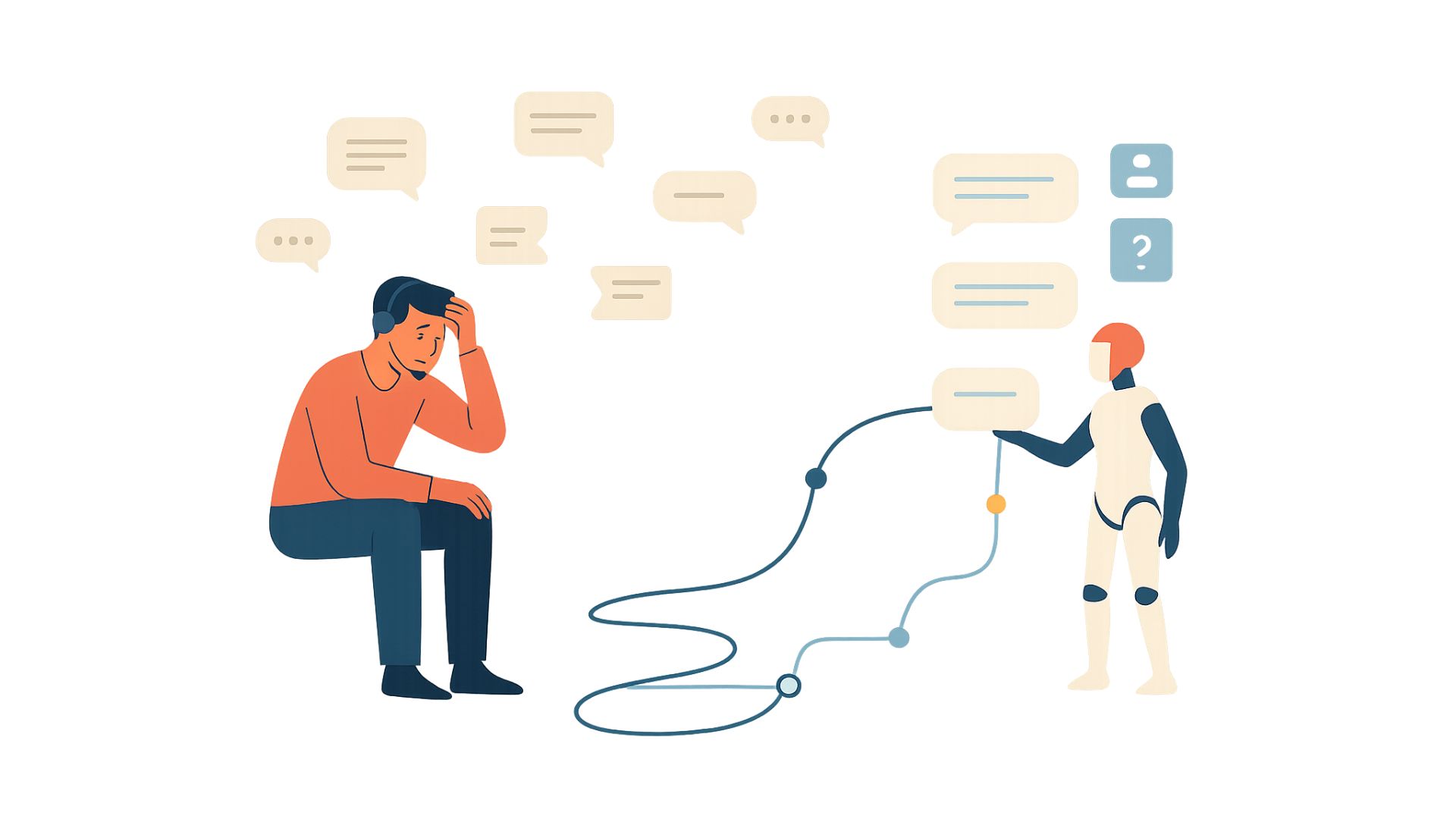Every single touchpoint between a business and its customers is an opportunity to deliver a positive experience. But how will you as a service provider manage this? What do customers want? Is it enough to have a decent product and not much else? How far is too far when accommodating for customer complaints? What is the meaning of life? These questions have no easy answers, but as a first step, understand the nature of customer experience (CX) and get its fundamentals in place.
Based on Maslow’s Hierarchy of Needs, Shep Hyken, industry veteran and foremost CX expert devised a Customer Hierarchy of Needs; this piece intends to dive into this school of thought.
Climbing the Pyramid
Maslow’s hierarchy of needs outlined how human needs work and started off with the most basic, yet vital needs at the bottom, the ones that a person cannot live without. Hyken also uses a similar structure with the most basic needs at the bottom and moving up the pyramid means better CX for every step along the way.
However, you can only ever move up the pyramid when fundamental needs below are fulfilled. For purposes of brevity and understandability, we’ve broken the five steps of the pyramid down to three sections—the fundamentals, phase 2, and Peak CX.
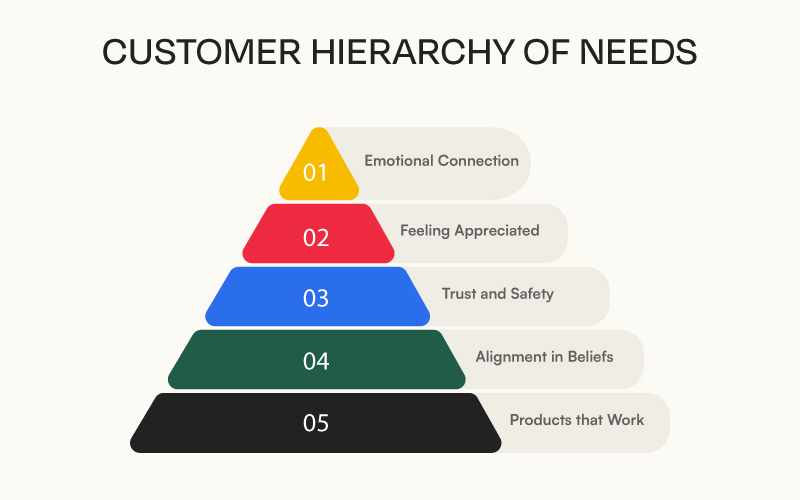
The Fundamentals
Level 1: Products that work
As a first step, you need customers, and they need to need your products. That may seem obvious, but having a great product that works as intended and must, without fail, do what you promised. Be it a durable like an AC unit, or a website that sells groceries, or even an app that curates clothes, your product should be worth your customers’ intrigue, time, and money. Regardless of how great your CX efforts are, if your product fails, customers will find an alternative.
Level 2: Alignment in Beliefs
What do you, or in extension, your brand and company believe? The mission and vision statements are not just there for your customers to read (they rarely will) and employees to learn. They are the driving factors of how the end user feels when interacting with your business. 68% people say they are willing to even pay a higher price for services and products if they know they’re getting a better experience than what they’re currently getting.
That happens when your beliefs align with customer service expectations and they enjoy doing business with you. Hyken points out that people might simply enjoy a brand for what it does outside of the products sold. So the vibe of your business also attracts customers. A socially responsible brand, a funny brand, a brand that treats customers well, a brand that takes ownership of faults, for example, attracts people. A business needs that emotional connect with their customers.
Phase 2: the next step
Level 3: Trust and Safety
Reputation is tantamount to retaining customers and attracting new ones. If a company has a bad reputation, even customers who take a chance and invest their time and money will eventually experience why everyone hates the brand. Where is this trust coming from, then? Do customers feel like their money is safe with this purchase? Reviews and ratings are the first things any prospective buyer will see, before a purchase.
The returns policies, response times, and friendliness, and flexibility with employees come next. A sense of safety comes from the assurances, warranties, and other physical safety measures taken. The next level of safety comes in the form of data protection, website security and other digital privacy measures in place. Even the best product will be difficult to sell and resell without trust and safety.
Level 4: Feeling Appreciated
There are several instances in a customer’s journey where you can make them feel appreciated. Right after their purchase is the first. Do you follow up with communications thanking them? People forget the actual words spoken, but will always remember how they felt after an interaction. If a customer calls you for a service request or to lodge a complaint, are you easy to reach? The raising of tickets, the follow up, the resolution, and the steps in between are each opportunities to deliver an experience. As of 2025, experts believe that the only way forward is an omnichannel system.
Consider a CX platform like Kapture. You can receive a query from just about anywhere—an email, a ticket on the app, a phone call, social DM, or even through a WhatsApp message. Omnichannel funnels all those queries into one ticket, with the query and all details pertaining to the ticket populated through an AI-engine. Customers feel appreciated when they do not have to repeat themselves at every step, and when their issues are resolved in the first call. Customers who feel heard tend to stick around, they offer positive feedback, and they are willing to recommend your brand to friends and family.
Peak CX
Level 5: Emotional Connection
At this stage, if you’ve been able to offer the experiences your customers wanted, they will become loyalists and advocates for your brand. Key metrics like AHT, CSAT, and FCR become consistent and high, online chatter, including reviews and ratings are also positive. People generally like your products and keep coming back. The journey doesn’t end here. Consistency is key and staying on the path could turn out to be more complicated than you might think.
Staying at a level: 5 The Ultimate Test of a Brand
Getting to a level 5 when the brand is new and customers few is easy, but staying a high performing CX brand isn’t. Kapture’s AI-powered omnichannel CX platform that can help your brand deliver the experiences your customers deserve. Learn more here.
